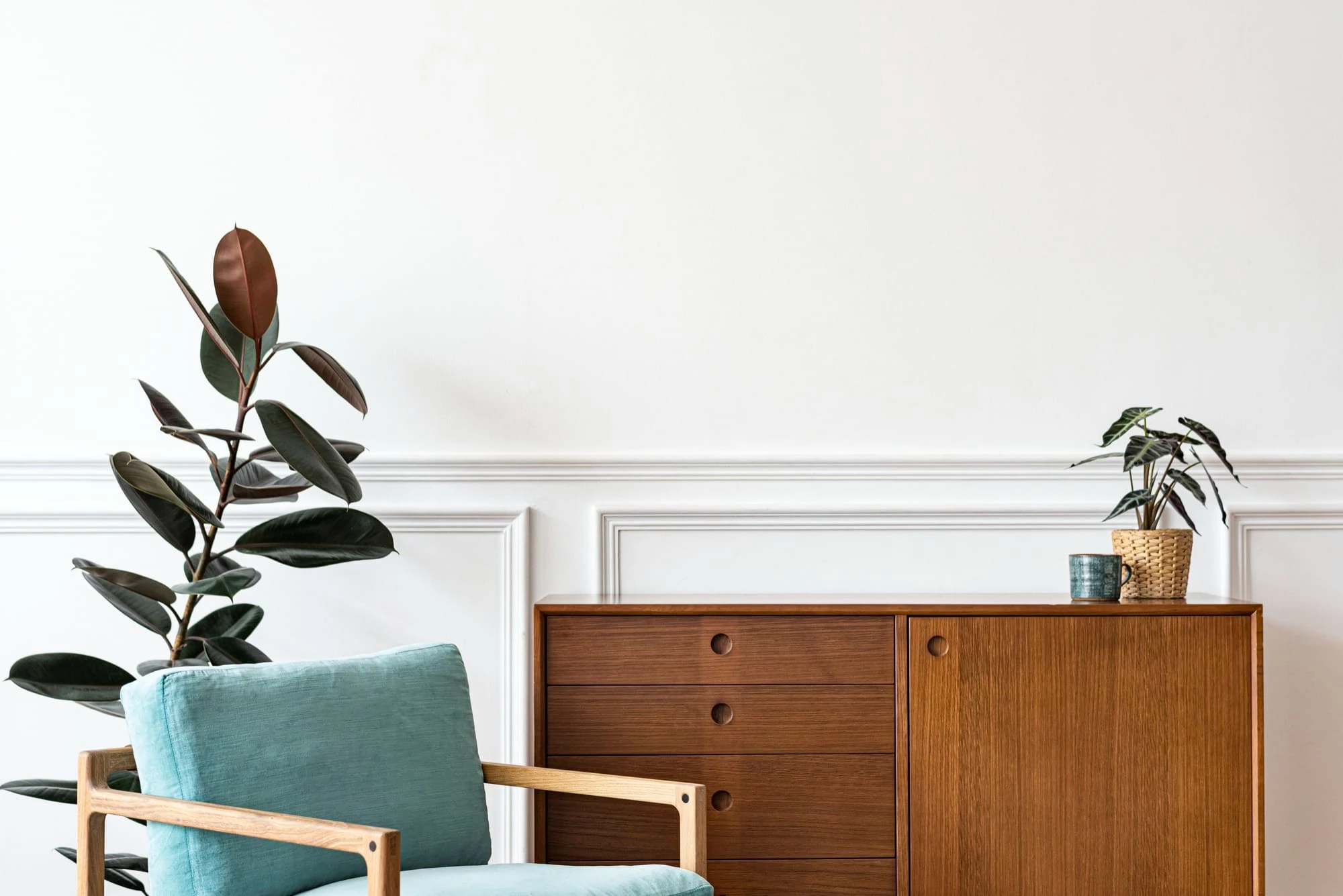
Minimalism accentuates simplicity, usefulness, and minimal essentials. Choosing this approach can help create an atmosphere of tranquility and harmony amidst the chaos of the world. This philosophy is founded on the idea that less is more, where quality comes before quantity, resulting in beautiful and highly functional environments. Through removing unneeded elements and utilizing clear lines, minimalist interiors are made to look stylish while providing a sense of peace and well-being. In this quick guide, we will consider three simple interior design ideas that will help you achieve stylish but practical minimalist interior design.
Idea 1: Embrace Simplified Colors
The color scheme forms the basis for any minimalist interior design. When you choose a simplified hue range, you are creating conditions for integrity in space, which will be filled with peace. Minimalist space can best be created by using neutral colors such as whites, grays, beige, or pastel shades. These colors usually bring about calmness aside from giving rooms an open feel and appearing lighter.
In a simplified color palette approach, uniformity across spaces is necessary to maintain consistency throughout the room’s layout. Uniformity does not mean having all rooms painted with the same colors; rather, the wall paint should blend with other colors within various rooms to avoid disruption between them.
For instance, one may decide to have soft gray walls together with white furnishings and natural wood accents. As a result, this combination creates an understated, sophisticated look that defines minimalism completely.
Here are some recommendations for implementing a simplified color palette:
- Use up to three colors at most- this could include one dominating color, another secondary color as well as one accenting shade,
- Texture variety should be included, such as wood linen or metals, which give depth without introducing new hues.
- Natural light should be used because it increases subtlety in neutral tones and warmth to your room.

Idea 2: Opt for Functional Furniture
Furniture MUST serve a purpose: that’s the clue. We must focus on the quality and usefulness of items rather than their number to ensure they each occupy space in a room according to their arrangement and intended use. The minimalist design relies heavily on functional minimalist furniture, which maximizes utility and reduces reliance on additional pieces.
For example, a bed, a table with storage, or modular shelving that can be easily reshaped when necessary. This kind of furniture allows you to save space and, at the same time, keeps your room tidy by creating additional compartments for storage. Aim for an open, spacious layout, with each piece placed deliberately to optimize functionality and flow.
When arranging your furnishings, always keep in mind that less is more, so avoid overcrowding. A good layout will make it easy to move around while ensuring that every part of the room serves its purpose.
It could mean leaving some corners empty instead of filling them with furniture. You can also opt for minimalistic home decor. The focus should be on selecting a few essential items that bring comfort as well as practicality into the room, therefore giving it breathing space and enabling the design to shine through.
Idea 3: Develop Spaces That Are Tidy And Unfilled
Decluttering is an important process since minimalism thrives on order. Clutter can very easily disrupt the clean, calm aesthetic, and it is therefore vital to have a conscious mind regarding what you store in your house.
Start by eradicating items that don’t bring you happiness. This may involve sorting out your belongings comprehensively and retaining only those that add value to your life and space at large. After decluttering, direct all your energies towards maintaining an organized atmosphere by allocating everything to its rightful place.
Storage solutions such as fitted cupboards, floating shelves, or concealed compartments can help keep everyday items away from sight and make them available.
The following are some habits to consider when one wants to maintain a decluttered living space:
- Periodically go through what you own: Carry out occasional purges to avoid unnecessary accumulation.
- Assign specific places for everything: This helps minimize clutter by ensuring every item has designated storage.
- Incorporate daily or weekly tidying routines: Spend a few minutes each day or week putting things back where they belong.
By constantly managing messiness, people can maintain their minimalist look and feel comfortable in their well-arranged homes.
By the way, read the article about 3D interior design with AI.
Achieving Minimalism Easily
This design is more than just aesthetics; it is about creating a living space that improves one’s life quality. By choosing a simplified color palette, selecting functional furniture pieces, and upholding neatness at all times, one can create not just visually appealing but also highly soothing and efficient home spaces.
By choosing this lifestyle, we learn how to focus on meaningful things, stripping away excesses to see the beauty behind simplicity. When embarking on this design journey, keep in mind that this should be a place that reflects who you are as a person while promoting tranquility, order, and functionality.
If your business needs a 3D interior rendering service, reach out here: https://www.genense.com/services/3d-interior-visualization/.



